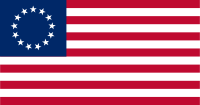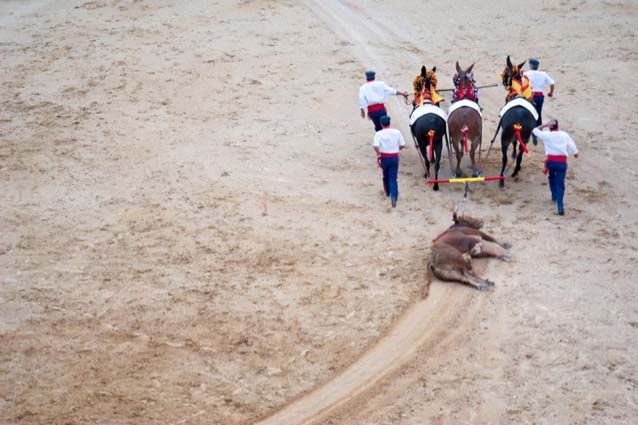 On this day in 1777, during the American Revolution, the Continental Congress adopts a resolution stating that “the flag of the United States be thirteen alternate stripes red and white” and that “the Union be thirteen stars, white in a blue field, representing a new Constellation.”
On this day in 1777, during the American Revolution, the Continental Congress adopts a resolution stating that “the flag of the United States be thirteen alternate stripes red and white” and that “the Union be thirteen stars, white in a blue field, representing a new Constellation.”
The Flag Resolution of 1777
On June 14, 1777, the Marine Committee of the Second Continental Congress passed the Flag Resolution which stated: “Resolved, that the flag of the United States be thirteen stripes, alternate red and white; that the union be thirteen stars, white in a blue field, representing a new Constellation.” Flag Day is now observed on June 14 of each year. A false tradition holds that the new flag was first hoisted in June 1777 by the Continental Army at the Middlebrook encampment.
The 1777 resolution was most probably meant to define a naval ensign, rather than a national flag. It appears between other resolutions from the Marine Committee. On May 10, 1779, Secretary of the Board of War Richard Peters expressed concern “it is not yet settled what is the Standard of the United States.”
The Flag Resolution did not specify any particular arrangement, number of points, nor orientation for the stars. The pictured flag shows 13 outwardly-oriented five-pointed stars arranged in a circle, the so-called Betsy Ross flag. Although the Betsy Ross legend is controversial, the design is among the oldest of any U.S. flags. Popular designs at the time were varied and most were individually crafted rather than mass-produced. Other examples of 13-star arrangements can be found on the Francis Hopkinson flag, the Cowpens flag, and the Brandywine flag. Given the scant archaeological and written evidence, it is unknown which design was the most popular at that time.
Despite the 1777 resolution, a number of flags only loosely based on the prescribed design were used in the early years of American independence. One example may have been the Guilford Court House Flag, traditionally believed to have been carried by the American troops at the Battle of Guilford Court House in 1781.
The origin of the stars and stripes design is inadequately documented. The apocryphal story credits Betsy Ross for sewing the first flag from a pencil sketch handed to her by George Washington. No evidence for this exists; indeed, nearly a century had passed before Ross’ grandson, William Canby, first publicly suggested it. Another woman, Rebecca Young, has also been credited as having made the first flag by later generations of her family. Rebecca Young’s daughter was Mary Pickersgill, who made the Star Spangled Banner Flag.
It is likely that Francis Hopkinson of New Jersey, a signer of the Declaration of Independence, designed the 1777 flag while he was the Chairman of the Continental Navy Board’s Middle Department, sometime between his appointment to that position in November 1776 and the time that the flag resolution was adopted in June 1777. This contradicts the Betsy Ross legend, which suggests that she sewed the first Stars and Stripes flag by request of the government in the Spring of 1776. Hopkinson was the only person to have made such a claim during his own lifetime, when he sent a bill to Congress for his work. He asked for a “Quarter Cask of the Public Wine” as payment initially. The payment was not made, however, because it was determined he had already received a salary as a member of Congress, and he was not the only person to have contributed to the design. No one else contested his claim at the time.




